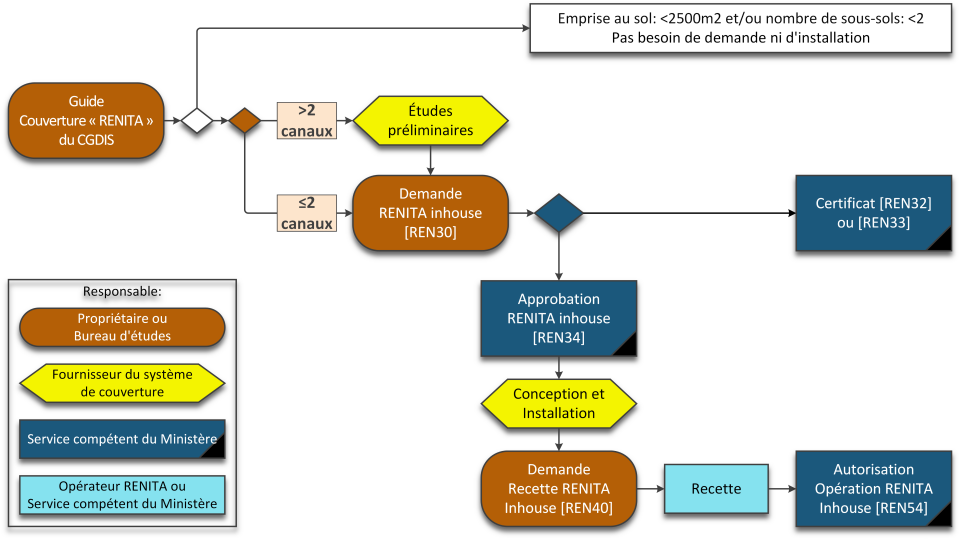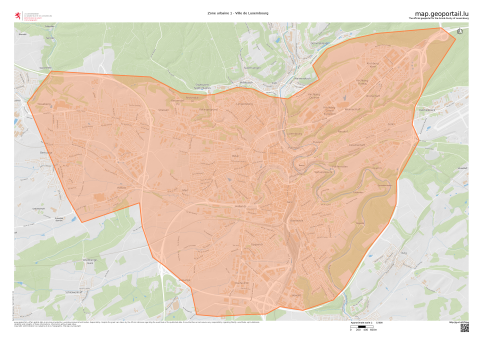The main purpose of the RENITA public safety network is to provide terrestrial radio coverage all over the territory of the Grand Duchy of Luxembourg. However, the terrestrial network infrastructure cannot guarantee coverage in all buildings. As RENITA coverage is necessary or even legally required in certain buildings, the buildings’ owners or operators must eventually extend the RENITA network into their buildings by installing repeater systems that amplify the RENITA signals in and out of the buildings.
As these installations may harm the RENITA network, the Ministry of State has issued guidelines for building owners or operators and repeater integrators. The guidelines specify the procedures to follow and the technical specifications that shall guarantee a proper operation of the installation without causing interferences to the terrestrial network.
A first version of the document 'Mémento pour la couverture RENITA à l’intérieur de bâtiment' was published in February 2018. The newest version 3 of the Mémento is available since Febuary 2025.
One important procedural change applies to buildings with a footprint (fr.: "emprise au sol") inferior to 2500 m² and no more than one basement level. These buildings do not need an Inhouse coverage system.
For all other projects it is still necessary to contact the CGDIS before starting any RENITA Inhouse procedure to evaluate their needs for the communication inside the respective building. They will provide the code of your building’s usage type (“numéro du type d’exploitation”) as well as the number of communication channels required (≤2 or >2). These indications are necessary to complete the RENITA Inhouse request form to initiate the procedure with our department.
The following graph shows the main steps of the RENITA Inhouse procedure:

RENITA Urban Inhouse Concept
To better protect the RENITA network against interferences emitted by inhouse systems, 3 zones have been defined in the urban environments of Luxembourg-City and Esch-sur-Alzette. In these urban inhouse zones, no off-air interconnection via radio interface are permitted. As a consequence, fiber optical connections to dedicated base stations become necessary (see Memento TMO-I6). In order to protect the network, the Ministry of State reserves the right to modify the zones or to impose a fiber optical interconnection, even if the concerned building is not located inside a zone.



